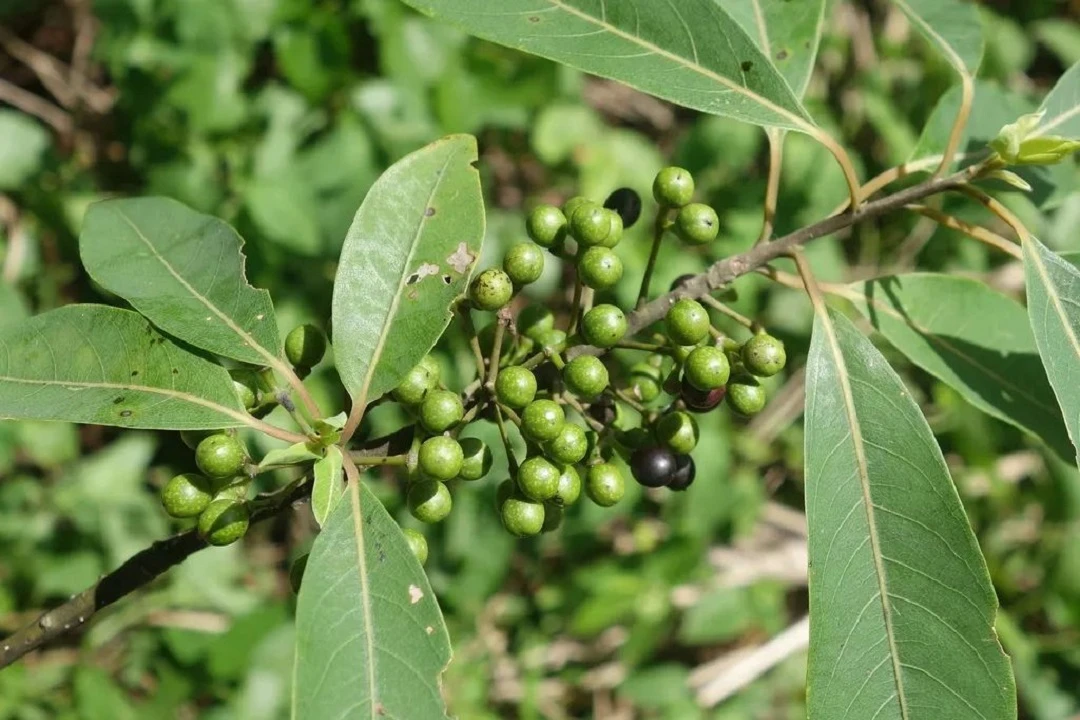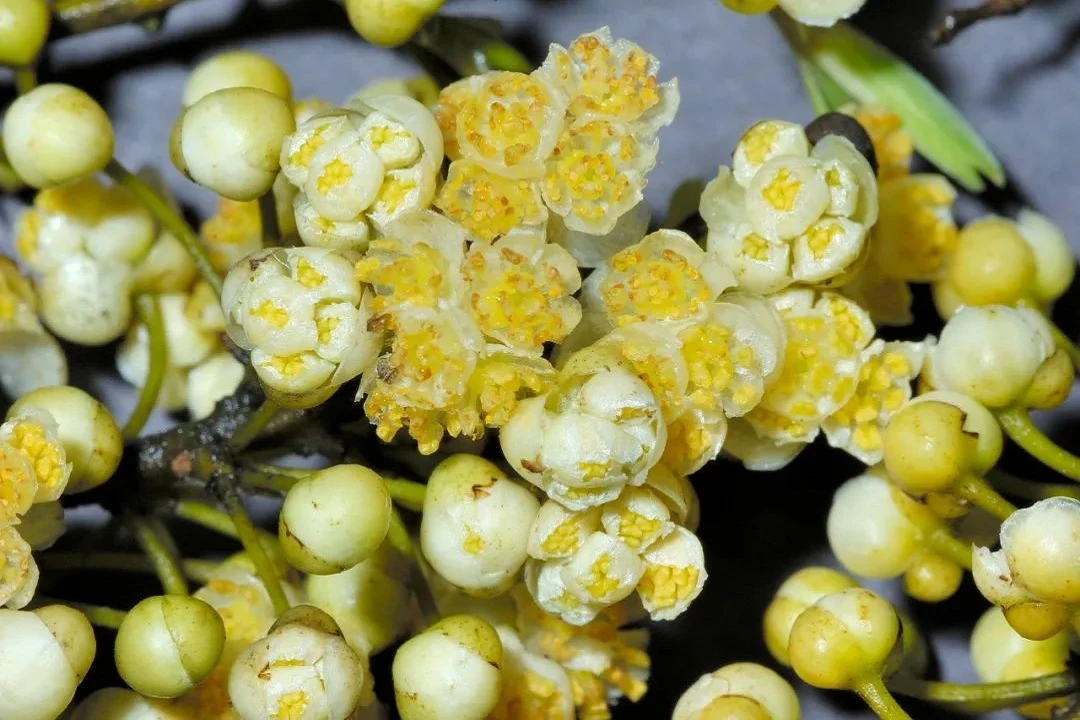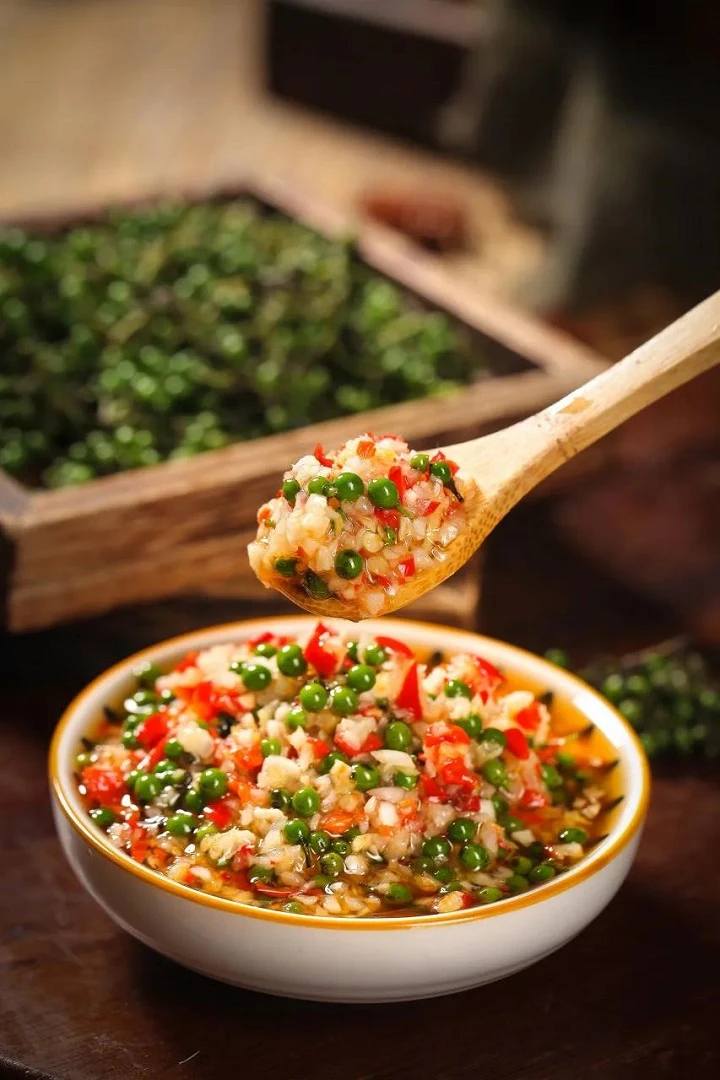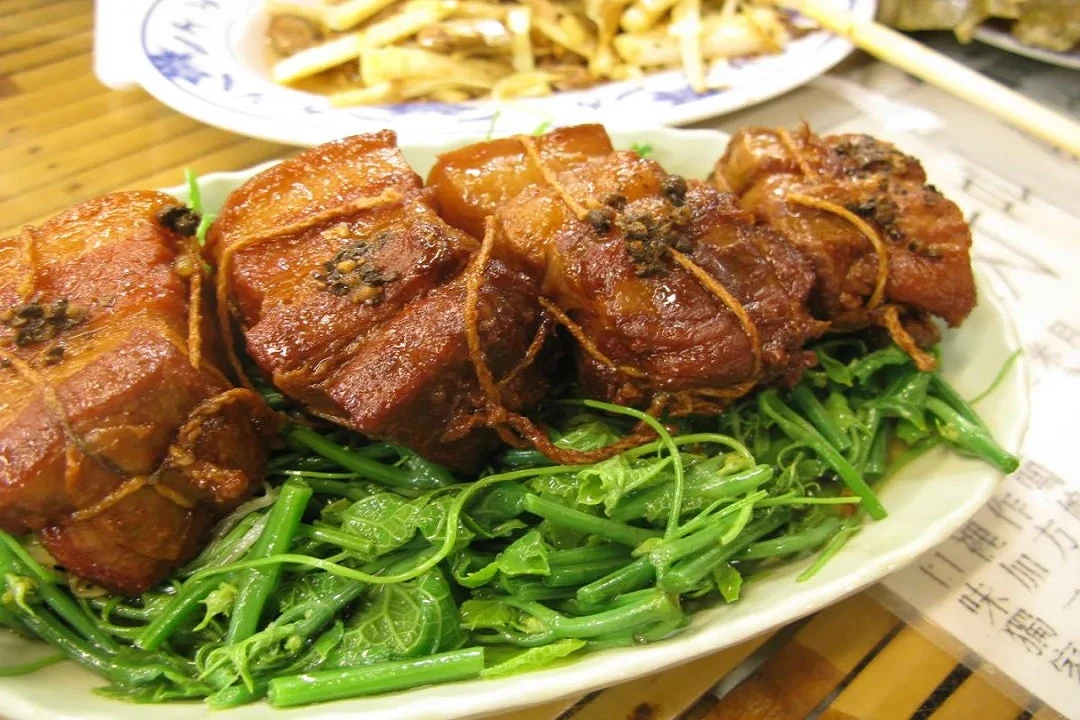Just when you think you've conquered the strong flavors of cilantro, Zhe'ergen (houttuynia cordata), and Sichuan peppers, another challenge awaits your palate in Southwest China: Mujiangzi (木姜子). This little fruit, resembling a green peppercorn, divides people into two camps – those who are enchanted by its fresh, lemony aroma, and those who are repelled by its potent, "malicious" taste.
The Enigmatic Aroma of Mujiangzi: A Citrus Conundrum
Mujiangzi, a staple in the Southwest culinary landscape, evokes strong reactions. Some adore it, while others detest it. Known by various names, including mountain pepper, Sichuan pepper, and mako, this ingredient's flavor is primarily driven by citronellal, a compound also found in lemongrass. This gives Mujiangzi a citrusy, slightly floral note reminiscent of the popular Thai Tom Yum soup.
Mujiangzi's versatility extends beyond being a mere spice. In Yunnan, fresh Mujiangzi is pounded into a paste with garlic, ginger, cilantro, and small chili peppers, then served with rice to create a sauce that elevates simple meals to unforgettable experiences. This simple preparation creates a memorable, fragrant dish that locals crave year-round.
When fresh Mujiangzi is out of season, Mujiangzi oil steps in to fill the gap. A few drops of this oil can transform a simple dish, such as chicken feet salad, by adding a complex, layered flavor. It pairs particularly well with the tangy, spicy elements of lemon juice and chili, enhancing the dish's overall taste.
In culinary practices across China and beyond, plays a pivotal role. Its oil transforms chicken feet into tangy delicacies, and a few drops can turn a mundane bowl of noodles into a flavor-packed delight.
In Guizhou, Mujiangzi is integral to the famous sour soup fish, which comes in two varieties: red (fermented tomatoes) and white (fermented rice water). Regardless of the color, the soup's soul lies in Mujiangzi oil, which imparts a distinctive citrusy depth. Meanwhile, in Hunan's Leishan, fermented fish paste mixed with fresh and salt matures into a pungent condiment that elevates stir-fries and stews alike.
Elevating Traditional Dishes
Guizhou's Leishan fish sauce, a fermented fish paste made with fresh Mujiangzi, ginger, and green chili peppers, is another example of Mujiangzi's culinary prowess. The mixture is sealed and left to ferment, resulting in a tangy, spicy condiment that enlivens any dish it touches, from stir-fried green peppers to braised fish.
Mujiangzi Takes the Spotlight: From Supporting Role to Star Ingredient
While Mujiangzi often plays a supporting role in dishes, adding a unique flavor profile, its status rises to star ingredient in Hubei. Here, fresh Mujiangzi is highly prized but difficult to preserve. The locals savor it in simple preparations like cold salads, where its raw, pungent taste shines through with just garlic, salt, and sesame oil. This minimalist approach highlights the fresh, spicy characteristics of Mujiangzi, proving that the best ingredients often need the simplest cooking methods.
Mujiangzi in Taiwan: A Cultural Transformation
In Taiwan, Mujiangzi takes on a new identity as mako (马告) , a term from the Atayal language meaning "full of life." It becomes an essential part of traditional Atayal cuisine. From the leaves to the flowers and fruits, every part of the Mujiangzi plant is utilized. In early spring, the delicate yellow flowers are used to make tea, and the young leaves are added to dishes.
Taiwanese cuisine often features dried Mujiangzi fruits, known as "black pearls of the forest." These dried fruits are favored over the fresh ones for their intense, concentrated flavor. They are often pickled or added to various dishes, providing a burst of citrusy aroma.
Mujiangzi's unique flavor also makes its way into beverages. In Taiwan, Mujiangzi water is a common drink, made by boiling the fruit with water. This infusion, sometimes mixed with other fruit juices, creates a refreshing and aromatic beverage. Recently, Mujiangzi has even been featured in a bold culinary experiment: the Mujiangzi-flavored Americano. This drink showcases Mujiangzi's intense flavor, which can be a polarizing experience for the uninitiated.
A Culinary Divide: The Mujiangzi Burger
Mujiangzi's divisive nature is epitomized by the Mujiangzi-flavored burger introduced by a popular Chinese fast-food chain. The burger's reception has been mixed, with some finding the flavor overpowering and unpleasant, while others fall in love with its unique, bold taste. This culinary innovation mirrors the polarizing opinions surrounding Mujiangzi, much like the earlier debates about zhe'ergen.
Mujiangzi is more than just a spice; it's a symbol of the rich and diverse culinary traditions of Southwest China and beyond. Its distinctive flavor, capable of evoking strong reactions, adds depth and complexity to a wide range of dishes. With its controversial flavor profile, Mujiangzi continues to challenge and delight palates across diverse culinary landscapes. Whether loved or loathed, its presence in dishes from the remote villages of Guizhou to the bustling streets of Taiwan highlights its enduring significance in Asian cuisine. In a world where flavors define cultures, Mujiangzi stands as a testament to culinary diversity—bold, unconventional, and unapologetically itself.
So next time you encounter this controversial spice, embrace the challenge and savor the bold, aromatic journey that Mujiangzi offers. It's a true testament to the adventurous spirit of culinary exploration.




